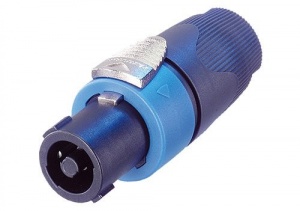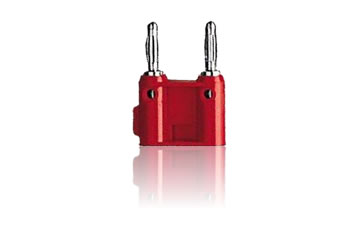Difference between revisions of "Activating B1 EQ Curves"
m (first ed) |
m |
||
| Line 7: | Line 7: | ||
| − | This article is adapted from a post from Hilmar-at-Bose <ref>Hilmar-at-Bose [http://bose.infopop.cc/eve/forums/a/tpc/f/3976055944/m/6401018152?r=7881007352#7881007352 Using Resistors to Activate B1 EQ Curves] | + | This article is adapted from a post from Hilmar-at-Bose <ref>Hilmar-at-Bose [http://bose.infopop.cc/eve/forums/a/tpc/f/3976055944/m/6401018152?r=7881007352#7881007352 Using Resistors to Activate B1 EQ Curves]</ref> |
To get the B1 EQ activated at the B1 connection modify a Speakon cable so that there is a 5k or 10k resistor between the 2+ and 2- pins of an NL4 plug. | To get the B1 EQ activated at the B1 connection modify a Speakon cable so that there is a 5k or 10k resistor between the 2+ and 2- pins of an NL4 plug. | ||
| Line 35: | Line 35: | ||
<noinclude> | <noinclude> | ||
---- | ---- | ||
| − | <references/> | + | <references /> |
[[Category:A1 PackLite®]] | [[Category:A1 PackLite®]] | ||
[[Category:PS1 Powerstand]] | [[Category:PS1 Powerstand]] | ||
Revision as of 12:31, 13 October 2007
Activating B1 EQ Curves when using third party loudspeakers for Bass
Note: This is an unsupported application.
This article describes how you can trigger the EQ Curves for one or two B1 Bass Modules, when you are not using B1 Bass Modules, but instead have connected a third party loudspeaker to the Bass Amp Out on a Classic, Model I or Model II Power Stand.
This article is adapted from a post from Hilmar-at-Bose [1]
To get the B1 EQ activated at the B1 connection modify a Speakon cable so that there is a 5k or 10k resistor between the 2+ and 2- pins of an NL4 plug.
The easiest way to do that is to run normal speaker wire or lamp cord from 2+ and 2- to a banana plug like this
You can then take make up two more banana plugs with a 10k resistor like this
across the pins. By simply cascading none, one, or two of the "resistor plugs" you can get three different EQ curves and check which one you like better.
That's a little do-it-yourself project but requires only a screwdriver, some parts, and a little patience.
Hope that helps
Hilmar
- ↑ Hilmar-at-Bose Using Resistors to Activate B1 EQ Curves




